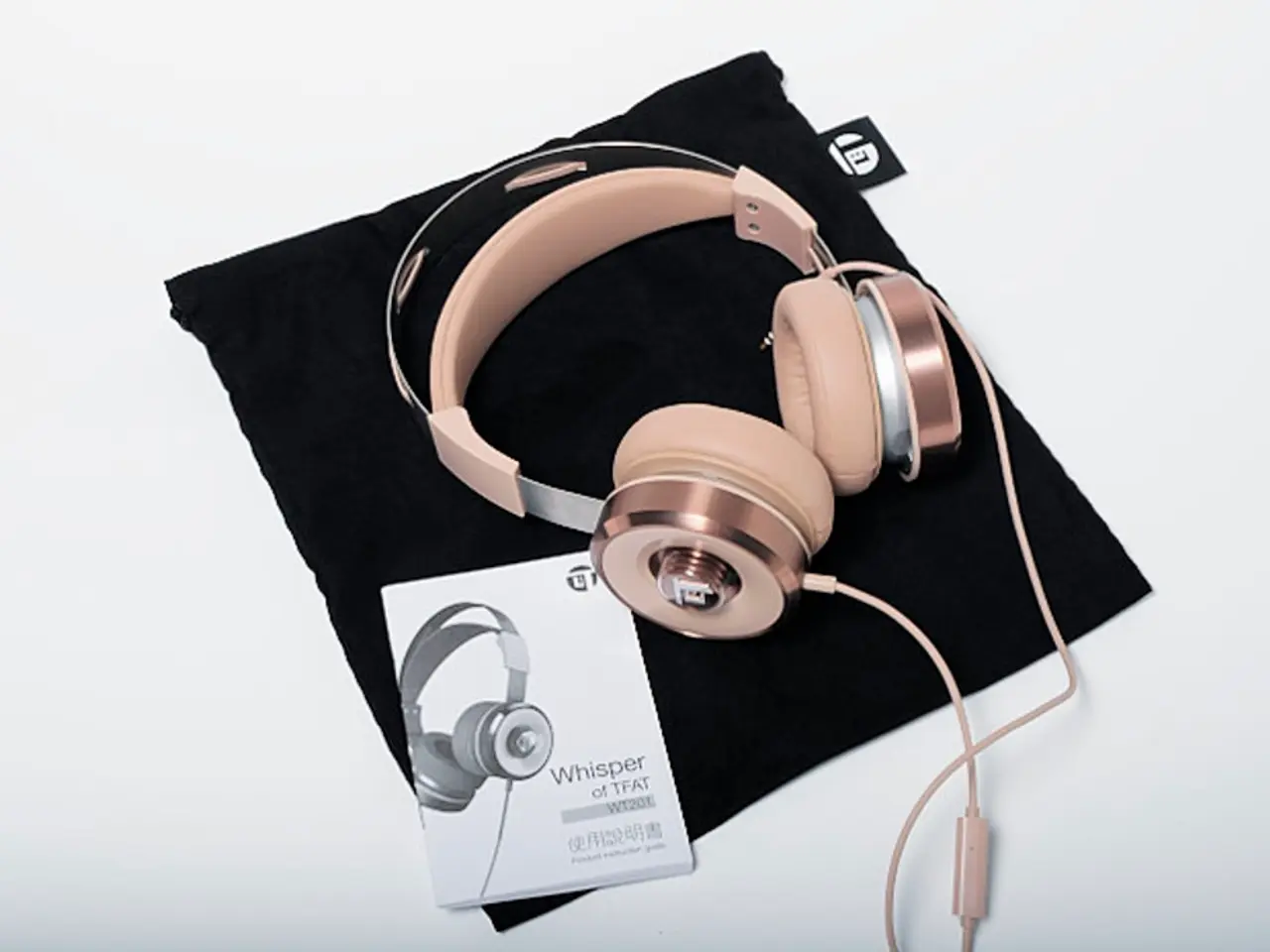Unveiling the Inner Workings of Android Audio: A Deep Dive into the Headphone Jack Puzzle
In the world of Android devices, a debate rages on about the best method for wired audio connections. Two primary options dominate the landscape: the traditional 3.5mm headphone jack and the increasingly common USB-C connector.
The 3.5mm Headphone Jack: A Classic Choice
This is the classic analog audio jack found on many older and some current Android devices. The 3.5mm jack offers several advantages:
- Universal Compatibility: The 3.5mm jack is universally compatible with most headphones and earbuds, making it a convenient choice for users.
- Analog Simplicity: As it supports analog audio, the 3.5mm jack allows use with any standard headphones without needing additional adapters.
- Power Efficiency: Unlike USB-C audio, the 3.5mm jack does not consume battery power from the device.
However, the 3.5mm jack is not without its limitations:
- Space Constraints: Many modern Android phones have removed this jack to make devices thinner or more water-resistant.
- Analog Limitations: The 3.5mm jack is limited to analog signals, so it cannot pass high-resolution digital audio without a DAC (digital-to-analog converter) in the headphone itself.
USB-C Connector: A Modern Alternative
An all-digital audio interface found on many modern Android smartphones and tablets, the USB-C connector offers potential advantages:
- Digital Audio Quality: USB-C supports digital audio, allowing potentially higher audio quality and integration with high-res audio standards (e.g., 24-bit/96 kHz files).
- Modern Design Integration: USB-C connectors are increasingly common, allowing for sleek, modern designs that eliminate the need for a separate headphone jack.
- Additional Features: USB-C can support additional features like inline controls and microphones using the digital interface.
However, USB-C also presents challenges:
- Compatibility Issues: Compatibility issues arise as headphones with USB-C won't work with devices lacking USB-C ports.
- Requires Specific Headphones: To use USB-C audio, users need headphones specifically designed with USB-C connectors; older 3.5mm headphones require adapters.
- Quality Depends on DAC: Some users prefer the simplicity of analog audio, and the quality of USB-C audio depends on the device's DAC.
The Future of Wired Audio on Android Devices
The choice between the 3.5mm headphone jack and USB-C audio is not straightforward, as both options have their advantages and disadvantages. The lack of a headphone jack in some Android devices has been met with controversy, as some users prefer the convenience and reliability of wired audio connections.
As USB-C becomes more widespread, we can expect to see more Android devices adopting this newer, digital audio standard. Wireless headphones (Bluetooth) are also widely used with Android, but they differ from wired jacks in terms of potential latency and interference issues.
In summary, the 3.5mm jack is valued for its broad compatibility and analog simplicity, while USB-C jacks offer potential for improved digital audio quality and modern design integration but with compatibility trade-offs. As technology continues to evolve, the debate between these two options will likely persist.
[1] The information presented in this article is based on the provided bullet points and does not claim to be exhaustive.
[2] Further reading on wireless audio solutions, USB-C audio, and proprietary connectors can be found in the sources referenced in the bullet points.
- In the diverse realm of technology, audio accessories such as headphones and gadgets designed for smartphones often come with either a 3.5mm audio jack for traditional analog audio or a USB-C connector for digital audio.
- The debate between using a 3.5mm headphone jack or a USB-C connector for wired audio connections on Android devices is complex, with the former appreciated for its universal compatibility and simplicity, while the latter offers potential advantages in digital audio quality and modern design integration.




